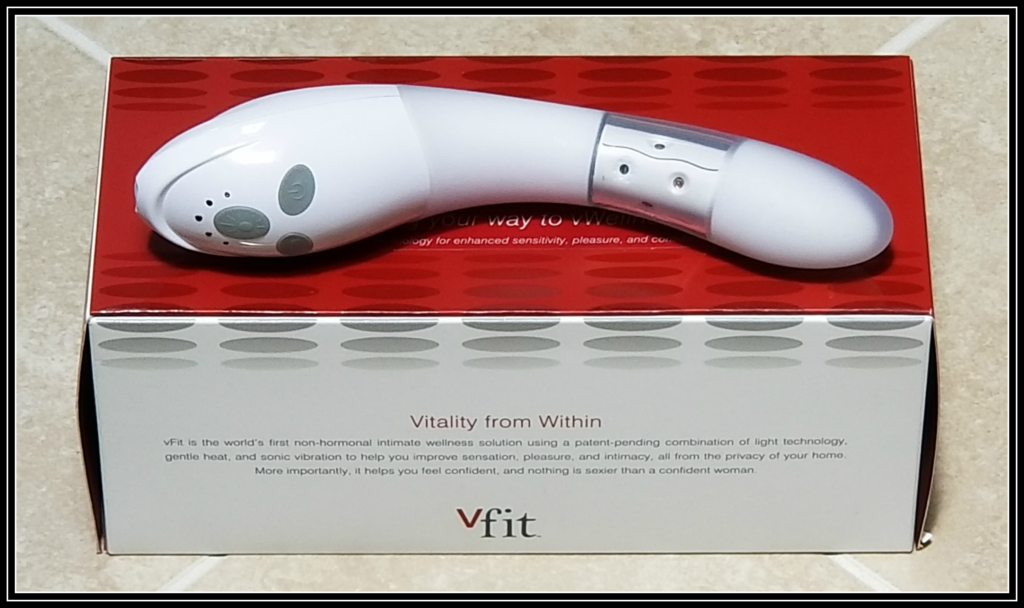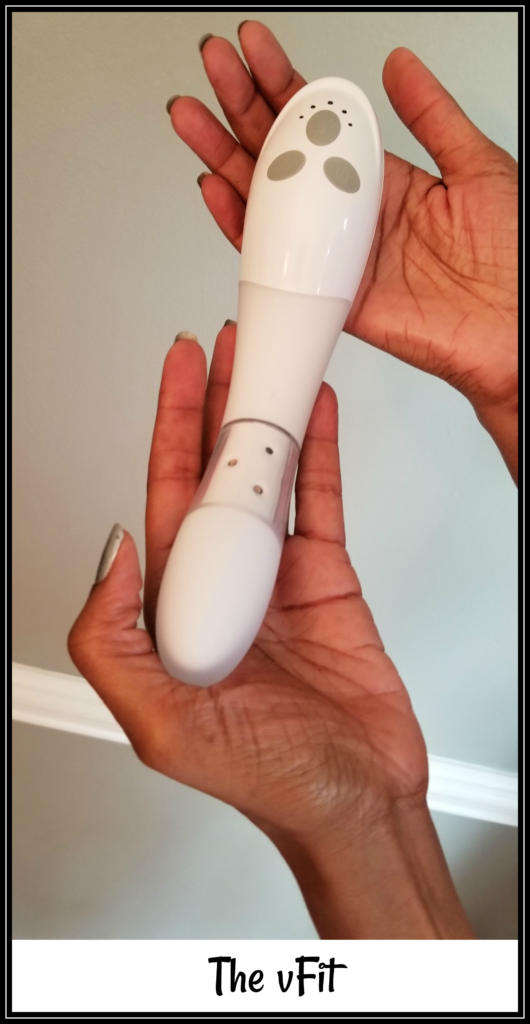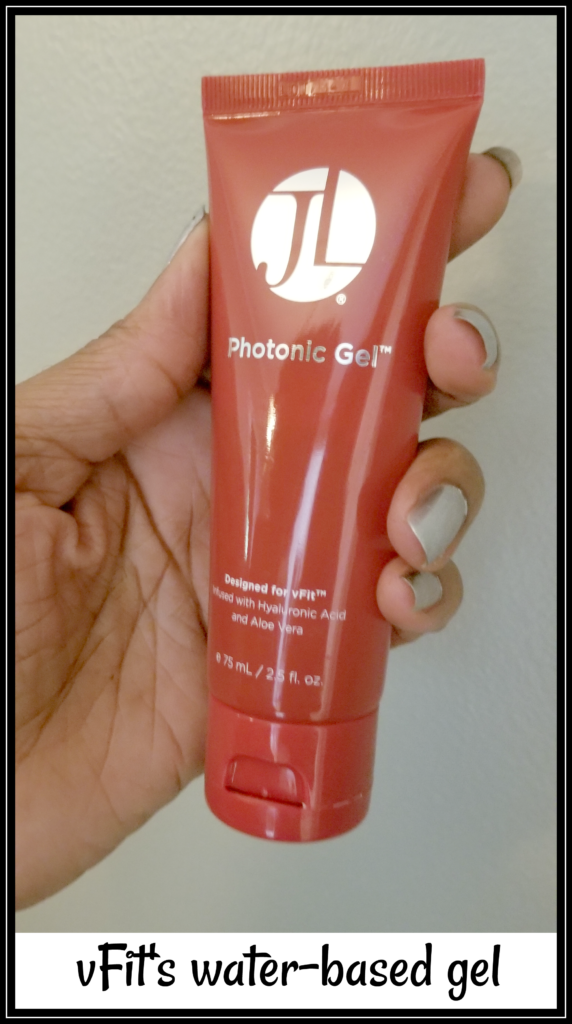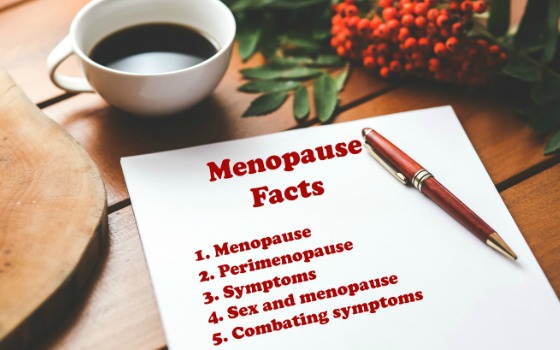A woman’s vagina.
It’s not a topic we hear discussed often, out loud, in the open, for everyone to hear. However, for many postmenopausal women, vaginal wellness is a serious issue. And many women don’t talk about it. It’s a point of embarrassment. They don’t want the whole world to know they’re having issues . . . down there.
Well, I have issues down there.
This is my moment of transparency.
I could have remained mute about my condition. I considered that possibility. I could have suffered in silence, not even telling my GYN about the pain that I was enduring. The thought crossed my mind. But even if I never told another living soul what I was going through, there was one person I certainly couldn’t keep it a secret from: my husband.
I suffer from vaginal atrophy, a condition brought on by menopause. It can also occur after childbirth, however, the symptoms are usually temporary. Vaginal atrophy (also known as atrophic vaginitis) is caused by our body’s decrease in estrogen and is characterized by, among other things, vaginal dryness, thinning walls, increased urinary tract infections, inflammation of the vaginal wall and dyspareunia (painful intercourse). It has been estimated that 40%-50% of postmenopausal women suffer from vaginal atrophy.
I’ve tried several medications in the past to remediate my symptoms, including Duavee, Replens, Estradiol pills coupled with Progesterone, Estrace, and Vivelle (Estradiol) patch. These treatments either didn’t work well for me or the side effects, which routinely made me ill, weren’t worth the trouble. I was done with trying. I had all but given up.
Almost.
One day, my husband forwarded to me an article that he came across on Fast Company. With rapt attention I read and reread the article (4 or 5 times), and in the end, it led me to vFit.
vFit, a product developed by Joylux, Inc. (a woman-owned consumer health and wellness company), is a home-use vaginal rejuvenation device that uses a combination of gentle heat, low level LED lights and sonic technology to treat pelvic floor and vaginal tissue issues. I was intrigued and wanted to know more.

vFit asserts that it helps with a myriad of lady problems – everything from weak pelvic muscles to bladder control – that may plague not only peri-, menopausal and postmenopausal women, but also women who have given birth. They also make it clear that vFit is not a medical device but, rather, a vaginal wellness device.
After previous failed attempts at finding relief, I admit I was skeptical about this device. The cynic in me said, “It’s nothing but a glorified vibrator,” but the eternal optimist within wasn’t quite ready to give up on the possibility of ridding myself of this disorder. So, I took the bait. I thought “What have I got to lose?”
When I received my vFit unit, I tore open the box, turned the vFit over and over in my hands, read the user guide from cover to cover and eagerly awaited bedtime. I was excited to start using it and begin my journey on the road to vagina wellness.
The Bells & Whistles
 vFit’s design is similar in design to a vibrator. It’s sleek and comfortable, which is vitally important when you’re inserting foreign objects all up inside your lady parts.
vFit’s design is similar in design to a vibrator. It’s sleek and comfortable, which is vitally important when you’re inserting foreign objects all up inside your lady parts.
The unit needed to be charged for 12 hours prior to its first use, so I plugged it in with the supplied USB charging cable. It also comes with a cute little satin carrying pouch for traveling.
When I turned the vFit on to my desired settings, there was a simultaneous symphony of activity taking place – the vibration (yeah, baby…), the heat (to stimulate blood flow) and the red lights (it’s like a disco down there).
 vFit is best used with a lubricant. Joylux has created an unscented, hypoallergenic water-based gel which I use, but you can use any clear, water-based gel of your choosing. I squeezed out a small amount and spread it around the tip of the unit for comfort and ease of insertion.
vFit is best used with a lubricant. Joylux has created an unscented, hypoallergenic water-based gel which I use, but you can use any clear, water-based gel of your choosing. I squeezed out a small amount and spread it around the tip of the unit for comfort and ease of insertion.
vFit can be used for 6, 8, or 10 minutes, and it auto shuts-off after each session. With the vibration, it’s customizable so that I could choose from 6 different settings which ranged from a constant, steady vibration at low intensity to a fast wave pattern at high intensity.
The makers of vFit suggest, as with any exercise regimen, that I allow my body to get used to the unit gradually, so I began my initial session at 6 minutes. It was an odd triad going on with the heat, vibrations and red light shooting out of my vagina. The more I used the vFit, the more relaxed I became. The wonderful thing about the vFit is that I can use it comfortably while I watch tv or read . . . and it only takes 6 to 10 minutes.
I began using my vFit device on the evening of the day that it arrived and I continued to do so religiously, every other day, for two months. That’s 31 sessions with what I’ve dubbed “my magic wand.” The ease of use, the comfort and the knowledge that I was passively exercising my pelvic floor muscles kept me going back for more.
vFit has done for me what no other device, medication or technique that I’ve tried has been able to accomplish: it works. I’ve seen a marked improvement in my symptoms, including increased sensation. However, vFit isn’t cheap. At a cost of $395 (at the time of this writing 6/2019), it may not be for everyone. However, compare that to the cost of vaginal laser treatment, which can run anywhere from around $500 – $1,000 per treatment or more (and usually three separate treatments are needed, at a total cost of $1,500 – $3,000), and the fact that the procedure is considered cosmetic and insurance likely won’t cover it, it’s a small price to pay for vagina wellness.
FINAL THOUGHTS
Ten years ago, I would never have thought that I would be writing about and talking openly about suffering from something as disturbing a condition as vaginal atrophy. It’s not a pleasant thing to have to deal with. However, if every woman who suffers from this condition decided that they too would never speak about it or put it out in the open, then we all would suffer in silence.
I don’t want that for you. If you suspect you have vaginal atrophy, contact your GYN or a menopause practitioner near you. There is help for vaginal atrophy. If you’re uncomfortable talking with your medical professional about it or simply want to take charge of your vaginal wellness, I highly recommend that you look into getting a vFit.
Read more about vFit and shop for your own vFit here.
Disclaimer: I was provided with a sample product by Joylux. No other form of compensation was provided. The opinions herein stated are my own.




